The Secret of Smithfield
My favorite sacred site in London is the Priory Church of St. Bartholomew the Great. Screened from the flurry of activity in the Smithfield neighborhood by an ancient gate and a sunken narrow path, the church is easy to miss. Compared to her grand and touristic neighbor St. Paul’s Cathedral, St. Bart’s sits silently sequestered from the outer world.
Founded in 1123 by Rahere, a courtier of King Henry I, St. Bart’s is the oldest surviving church in the City of London and is one of the best-preserved examples of Norman (Romanesque) architecture in the city. Stepping into the dark interior, you immediately encounter the past. Described as “ludicrously atmospheric,” St. Bart’s is jaw-droppingly gorgeous and a surviving relic of a bygone era.
The church's nave, aisles, and main body boast striking Norman vaulting and arches. These arches are often described as "blind arcades" because of their decorative, non-functional nature, adding a sense of grandeur and elegance to the space. The church's wooden ceiling in the chancel, dating from the 15th century, is another example of Gothic beauty. It showcases a more decorative style, with intricate wooden carving typical of the later Middle Ages. At the east end of the church is an elegant Lady Chapel added in the 14th century after a visitation from Mary the Mother of Jesus. Although the story tends toward the apocryphal, her presence remains.
In February 2020, I spent several hours alone in St. Bart’s praying, meditating, and dreaming. Not a soul entered as I sat in silence. I was out of a job and at a spiritual and professional crossroads. Immersed in incense, steeped in history, and surrounded by a great cloud of witnesses, the idea of Holy Heretics was born in the quiet hours of that holy afternoon.
Why, in a time of uncertainty and fear, did I instinctually come back to this holy place? Like swallows returning to Capistrano, why do sacred sites beckon us to enter? More importantly, why, upon leaving, do we feel seen, heard, and part of the larger whole?
Acclaimed scientist Dr. Rupert Sheldrake, a recent guest on Holy Heretics, has an explanation. According to Sheldrake, there is a kind of memory and connection in sacred sites, best described by his hypothesis of Morphic Resonance.
“Morphic resonance is the process whereby patterns of activity in the past resonate across time with patterns in the present on the basis of similarity. What rituals (like pilgrimage) do is create the very conditions for morphic resonance by doing things in as similar as possible to the way they’ve been done before. Thus creating conditions whereby present participants will enter into a kind of resonance with all those who’ve done them before. They will in fact be connected to those who’ve done them before.”
Is this what is meant by “the communion of saints?”
Walking into St. Bart’s, I’m stepping into a familial stream. Here, even alone, I am part of a mystical pedigree who, in times past, also entered this holy place seeking solace. In such places, my life is mysteriously and spiritually connected to everyone else who has knelt, prayed, and worshipped here. It’s no wonder more individuals in Britain come to faith these days because of buildings instead of people. Sacred sites are little gateways of conversion, portals to unseen worlds and life’s larger lineage.
This phenomenon is universal, and not fixed to religious shrines. I asked a few friends if they’d ever experienced something similar. My friend Rachel described Mesa Verde as one of these “thin places.” Mandy described an analogous observation at the Mouth of Masaya, an active volcano in Nicaragua. “To watch total destruction and also the birth of new land that humans won't stand on for hundreds of years is utterly mystical. I just kept thinking to myself, I am literally watching earth form,” she shared.
But here’s the truth. You needn’t fly to London or scale a volcano to experience a sacred site. All you need to do is wake up, be present in this very moment, put down your phone, walk outside, and boom, there you are in liminal space. Buddhist teacher and author Pema Chodron describes it like this:
“No matter what comes along, we’re always standing at the center of the world in the middle of sacred space, and everything that comes into that circle and exists with us there has come to teach us what we need to know. Our life’s work is to wake up, to let the things that enter into the circle wake you up rather than put you to sleep."
Find your place. Sink deeply into it. Bathe in an environment or activity with strong morphic fields, like religious rituals or meditation, where you intuitively feel a sense of connection to your spiritual ancestors by tapping into their cumulative experiences.
I feel it each Sunday during the liturgy. The Anglican worship experience is a structured, participatory rite that follows a set order of prayers, readings, hymns, and sacraments, based on the Book of Common Prayer. By engaging in these rites and rituals, I’m entering into mystical union not only with God, but with the world-wide and historic Anglican communion. No wonder I feel happier after the service.
Where is your sacred site? Do you have a home altar where the veil between heaven and earth is inches apart? Have you ever been alone in a transcendent place and suddenly experienced the presence of the ancestors? Where do you feel the coalescence of past, present, and future?
I would love to hear your experiences. Please share them in the comments below!
Gary Alan Taylor

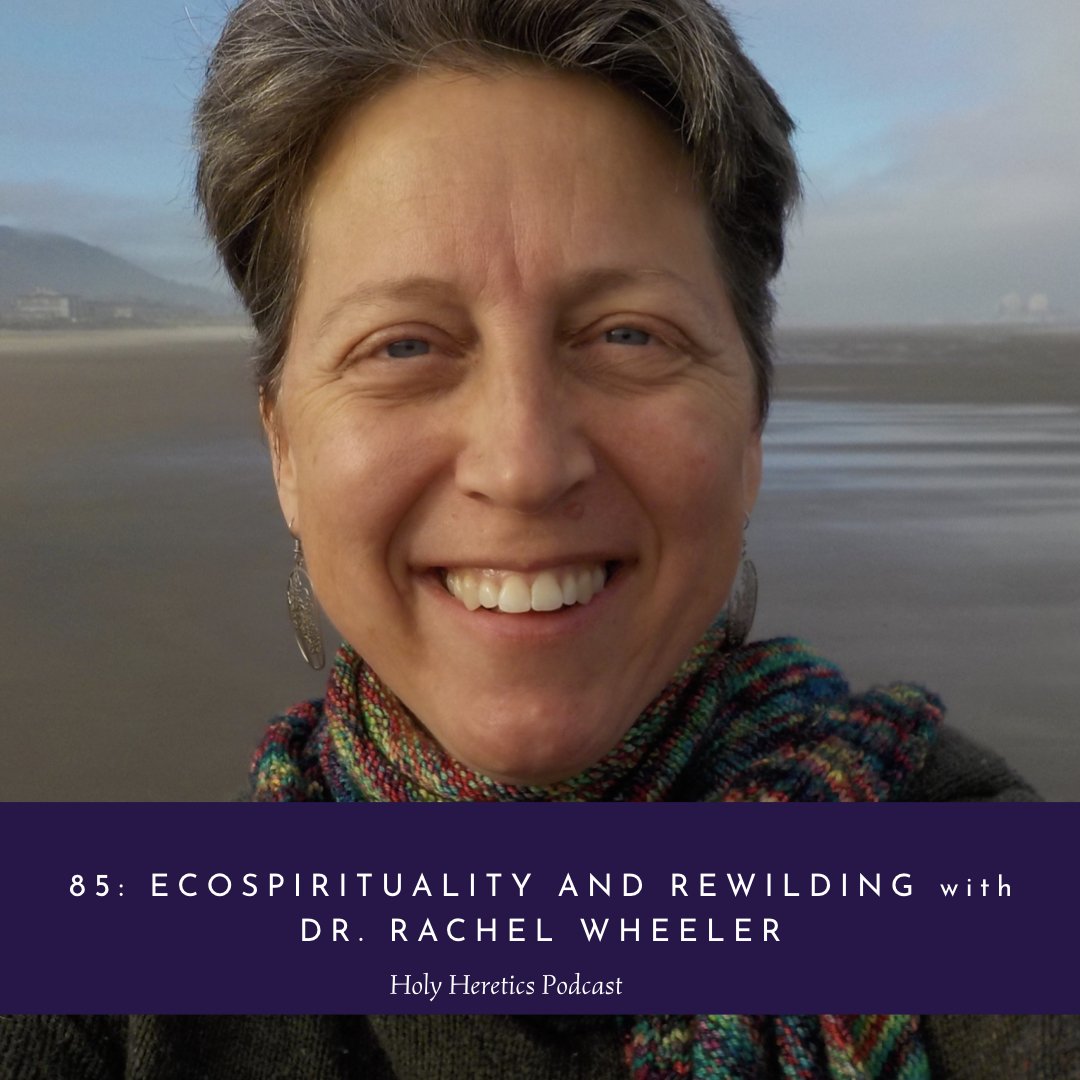
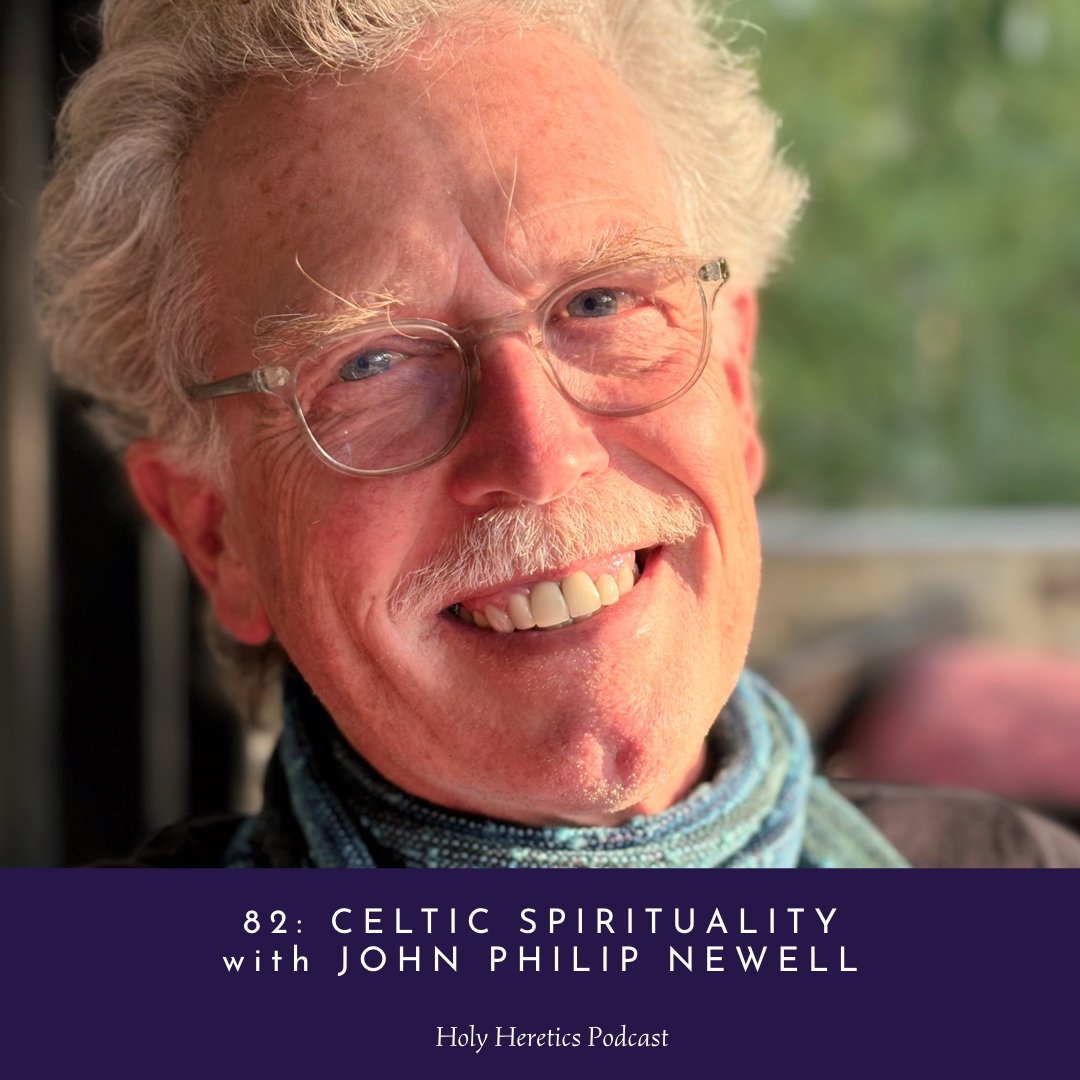
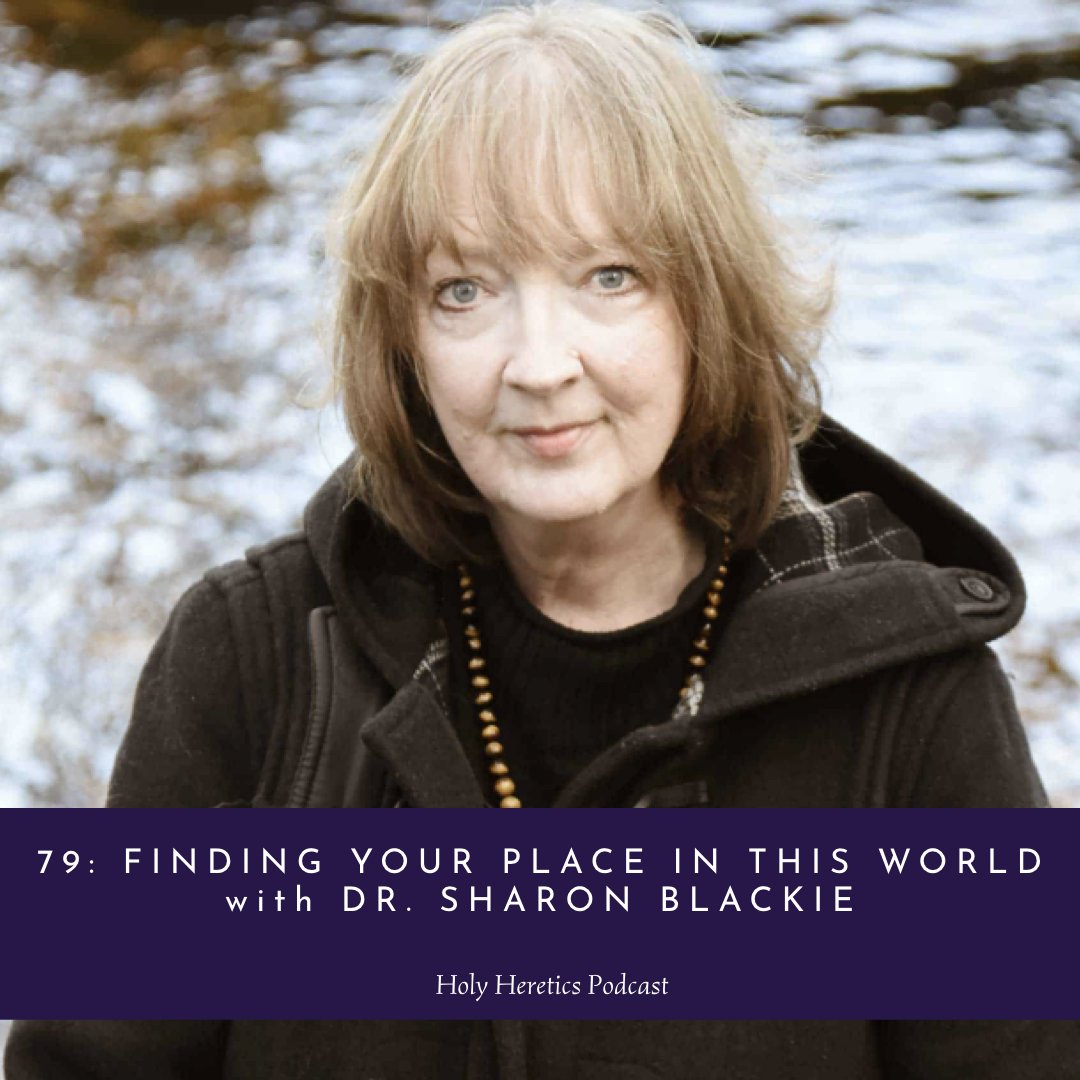
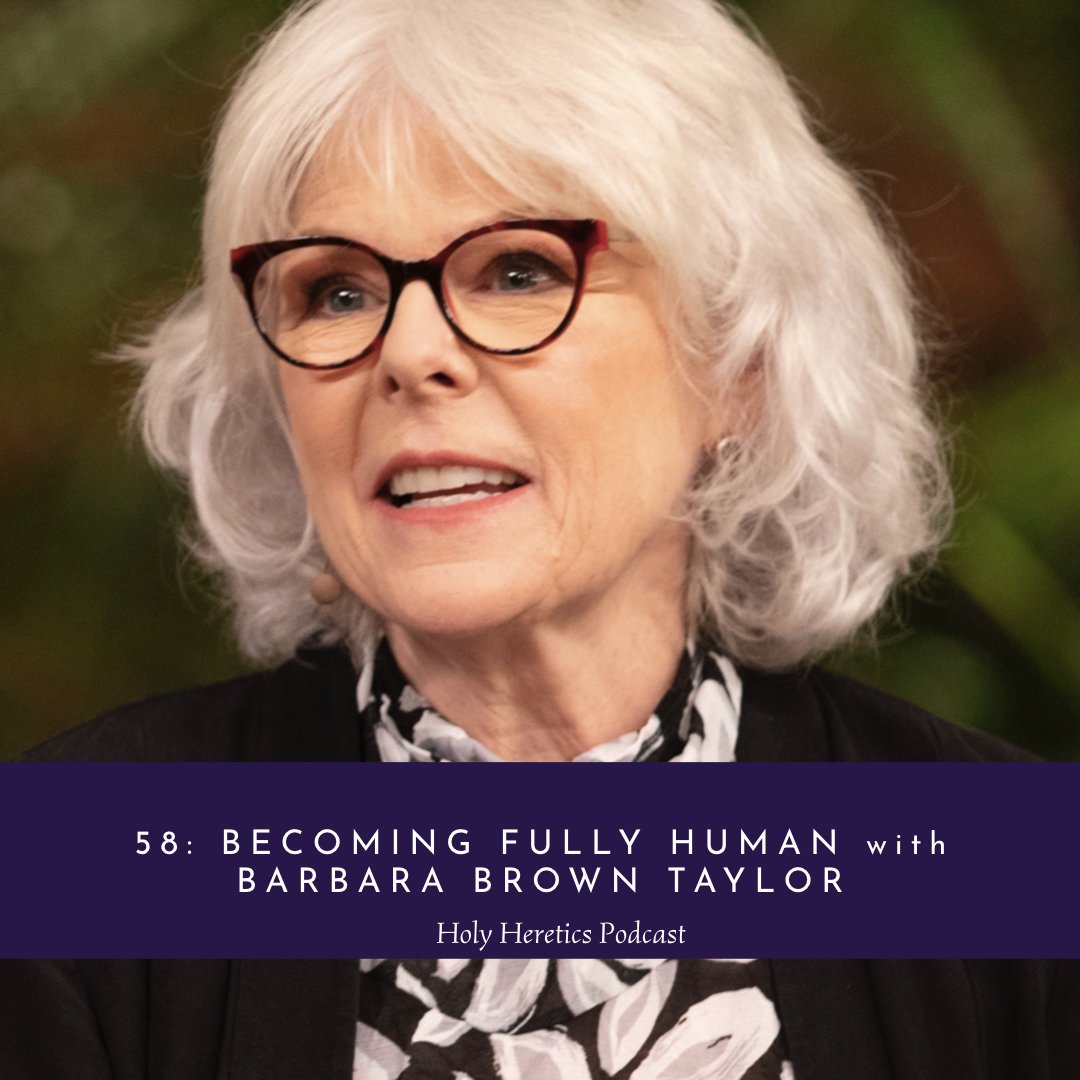
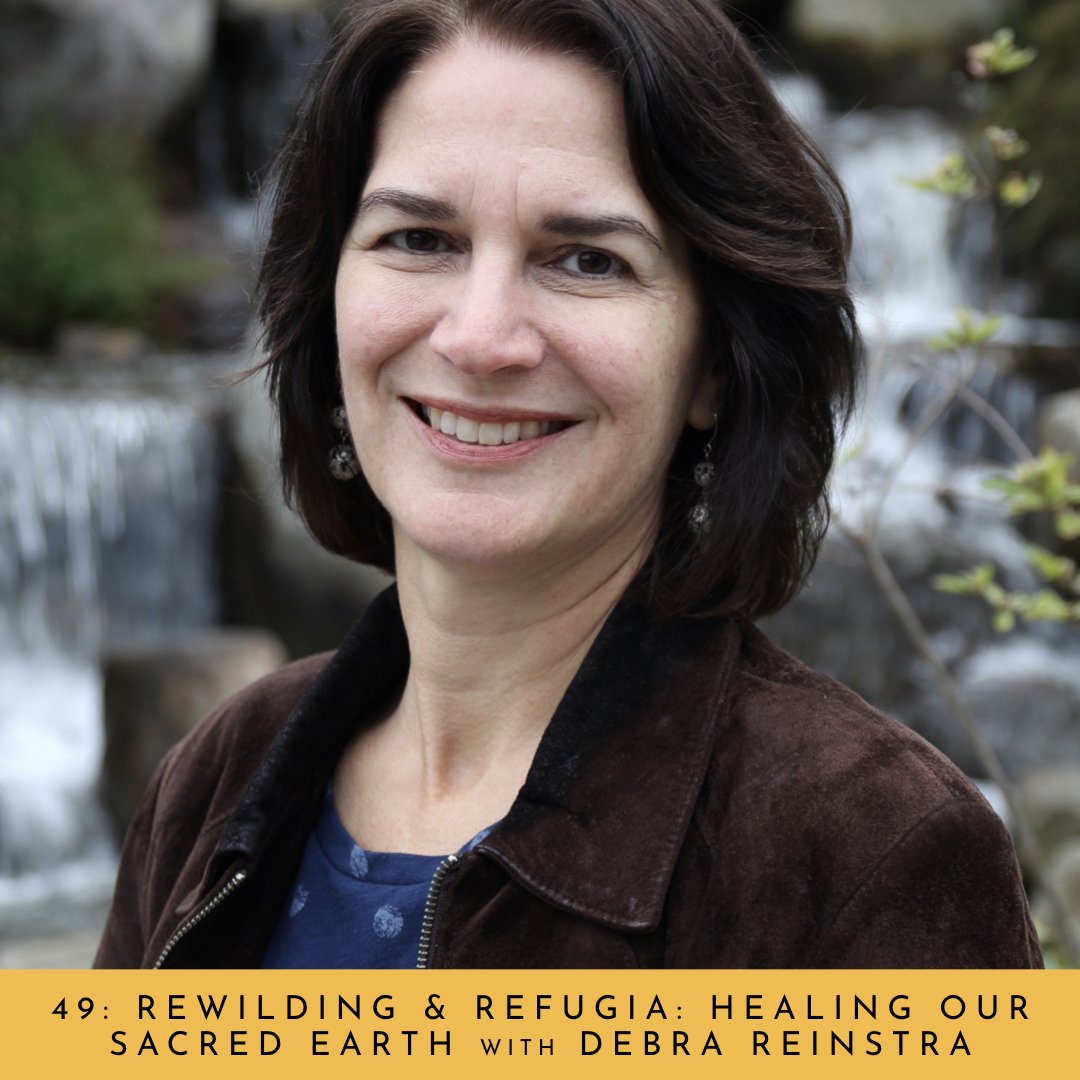
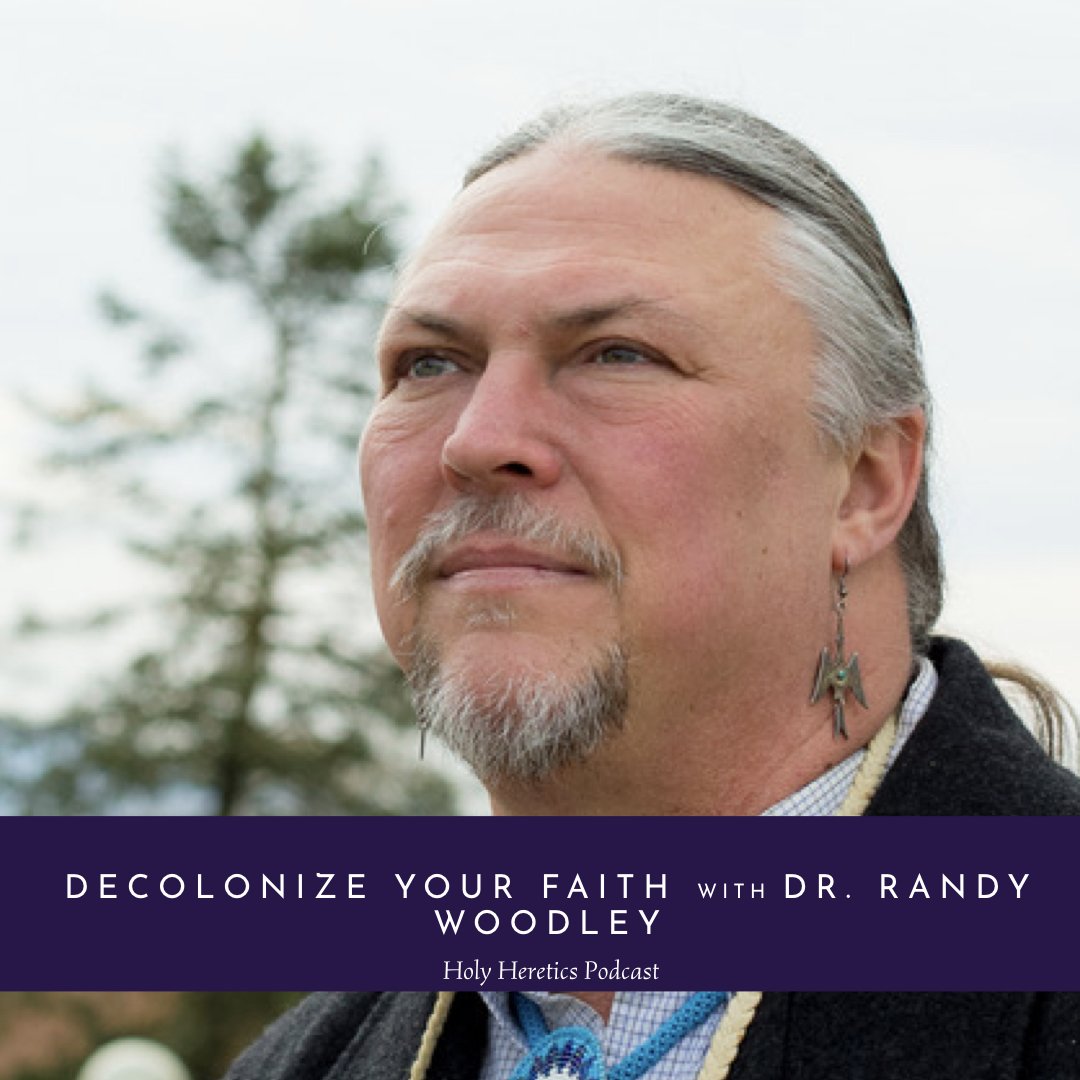
For ten years running, Dr. Rupert Sheldrake has been recognized as one of the most spiritually influential living people in the world. Sheldrake’s research provides a link between science and spirituality, and in particular, the proven benefits of the spiritual life on one’s well-being, mental health, and life expectancy. Spiritual people live longer, are healthier, and happier.